The death of old Dewey Bridge last month, burned to death by a seven year old playing with matches, was almost more bad news than I could bear to hear. As one relic after another of the rural West’s past vanishes, this was one remnant I thought would survive. It was just a few years ago that Jennifer Speers, the millionaire with a soul, bought up the adjacent Dewy Bridge subdivision from a developer, plowed under the roads, dismantled the infrastructure and tore down a $600,000 home in order to restore the area to the way it had been.
It was a rare place of Hope. Now this. The fire triggered memories of my first visit to Dewey, more than 30 years ago.
I first heard about Dewey Bridge, believe it or not, from my mother. In 1973, I was still living in Kentucky, trying to scrape together enough money to come West again, if only for a month or so. The previous winter, I’d passed through Moab for the first time, on one of the coldest days in recorded history. With a can of flaming Sterno on the floorboard of my VW Squareback (the damn heater never worked), I stopped only long enough to gas up and then drove all the way to Grand Junction, where I used my dad’s Gulf Oil credit card for a warm bed at the Holiday Inn.
But I’d seen enough of this country to plan a return visit under better conditions. I’d hoped to leave in July for SE Utah, but my parents had booked a raft trip down the Colorado River through the Grand Canyon with their friends, Bill and Vera Parker, and they asked me if I’d stay at their farm and keep an eye on the place. In exchange, they offered to help me out with gas money when I came West in August.
When they arrived home, I was eager to hear of their adventures on the river, and they had plenty to tell. But the highlight of their trip, it seemed, had been a 50 mile drive down a Utah back road, a dusty unpaved, corrugated “highway,” designated State Route 128. And they told me of a one-lane suspension bridge, Dewey Bridge, that crossed the river 30 miles upstream from Moab.
Weeks later, when they came home to the farm, and my dog Muckluk and I prepared to leave, my mom gave me very careful directions—it was the first exit to Cisco, not the second, she insisted. Look for the dirt road on the left, a couple miles west of the town.
I followed her directions and, incredibly, they were accurate (my mother has never been known for her navigational skills). We passed through Cisco—there was one café still open then, Ethel’s I later learned, but didn’t stop. Just as my ma had predicted, I spotted the gravel and dirt road, Utah 128, and turned left toward the river. I saw no one. Not a car or motorhome. No trucks or RVs. No ATVs. Nothing.
We came to the river, my dog and I, and figured the bridge was just ahead, but it was late afternoon, so I pulled into a stand of cottonwoods to make a camp. I pitched my cheap little blue nylon tent, fed Muck, cooked some beans on my Coleman stove and walked over to the Colorado to eat. The river was low, but the current was swift. I saw a Great Blue Heron, heard other birds whose songs I could not identify. And I could hear the rustle of the leaves in the great cottonwoods above me.
Finally, as the canyon filled with shadows, I heard the whine of a motor, coming down the grade from Cisco. It was a pickup truck, a local rancher I guessed. He saw me and waved and kept going. I could hear his truck for a few minutes and then the silence returned.
That night was one of the happiest of my life. An evening of “quiet exaltation” as someone once said.
The next morning, I found the bridge, just where my mom said it would be. We stopped for a while, Muckluk jumped in the river for a swim so she could later smell up the upholstery on my car. It was a glorious morning.
I knew it would be the first of many visits to Dewey Bridge. It never occurred to me that any of this would change or disappear.
But in 1974, much of the gravel and dirt road from Cisco to Moab was paved, though the asphalt was rough and pitted, and the “improvements” were negligible. Even better, because Dewey Bridge was only one lane wide, barely eight feet, large vehicles could not get across it. It was one kind of discrimination I could live with and even applaud. For another decade the road from Moab to Cisco remained quiet.
In 1985, however, UDOT construction began on a new bridge, just down river from the old one. And a year later, when it opened, traffic on highway 128 increased dramatically. Further “improvements” have brought still more traffic. Sometimes it is downright congested. Still, it’s a beautiful drive and those discovering it for the first time will be awestruck. But they’ll never be able to understand just what it felt like on that summer night in 1973. I’m not even sure they’d care to.
Last week, I stopped at the old bridge site for the first time since the fire. I could still smell the ash. The parking lot adjacent to it is now a staging area for mountain bicyclists and on this day, about a hundred brightly clad participants were prepping themselves and their bikes for a ride over the Kokopelli Trail. I felt peculiarly out of place in my Wranglers and Redwings—as much of an anachronism as the old bridge once was. I walked to the south abutment. The fire had burned every sliver of wood; all that remains are the cables. I stood there for several minutes, almost paralyzed by the sight.
One of the bikers walked up to me and said, “Hey I hear they might rebuild it…It’ll be just like it was before.”
I looked at him, smiled, and went back to my car.
The Feb/Mar Z (click the cover)
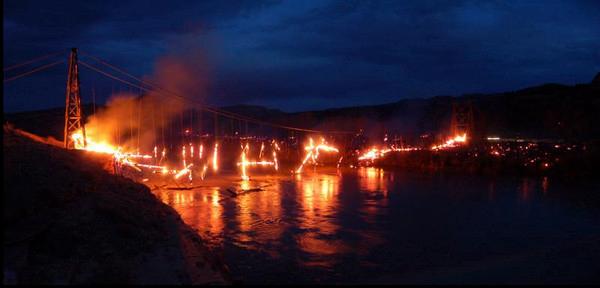
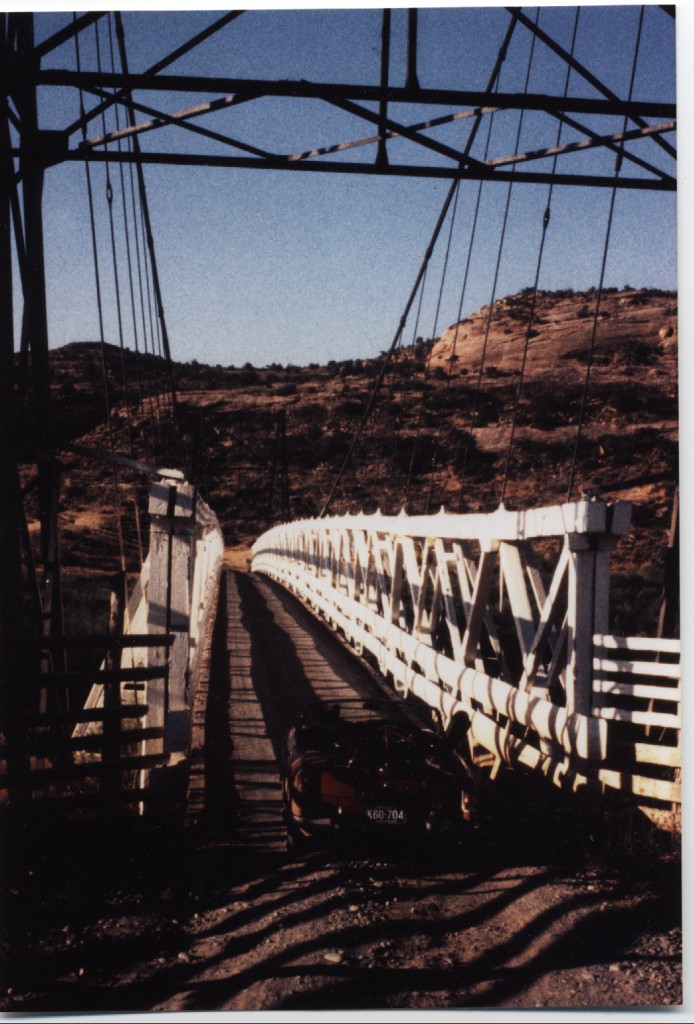
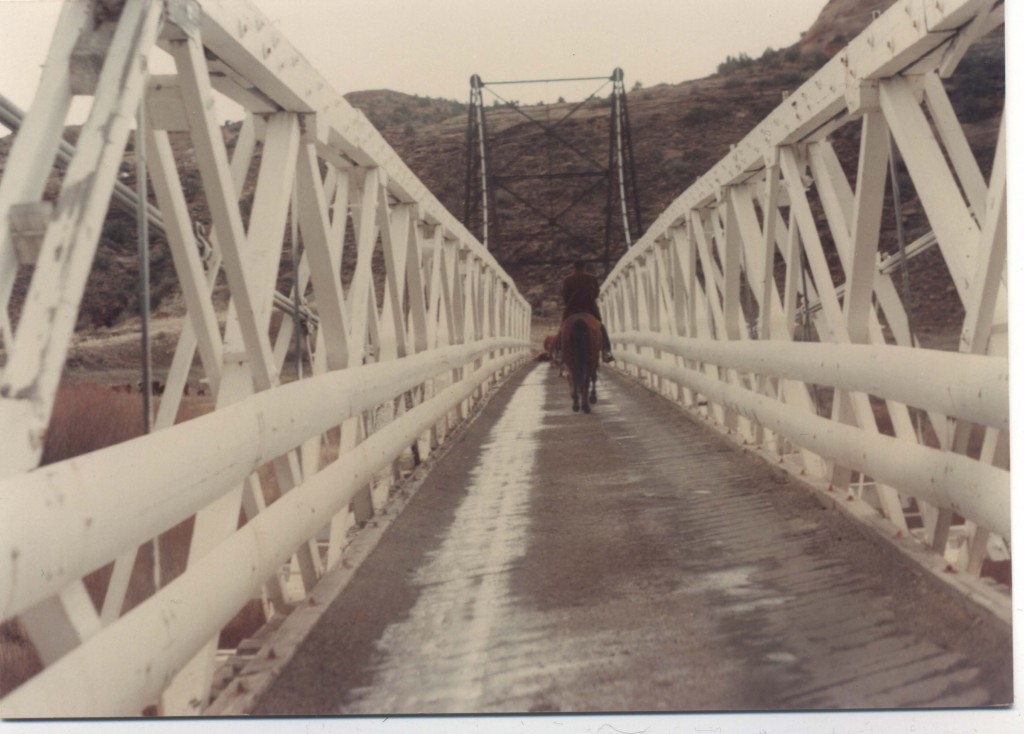
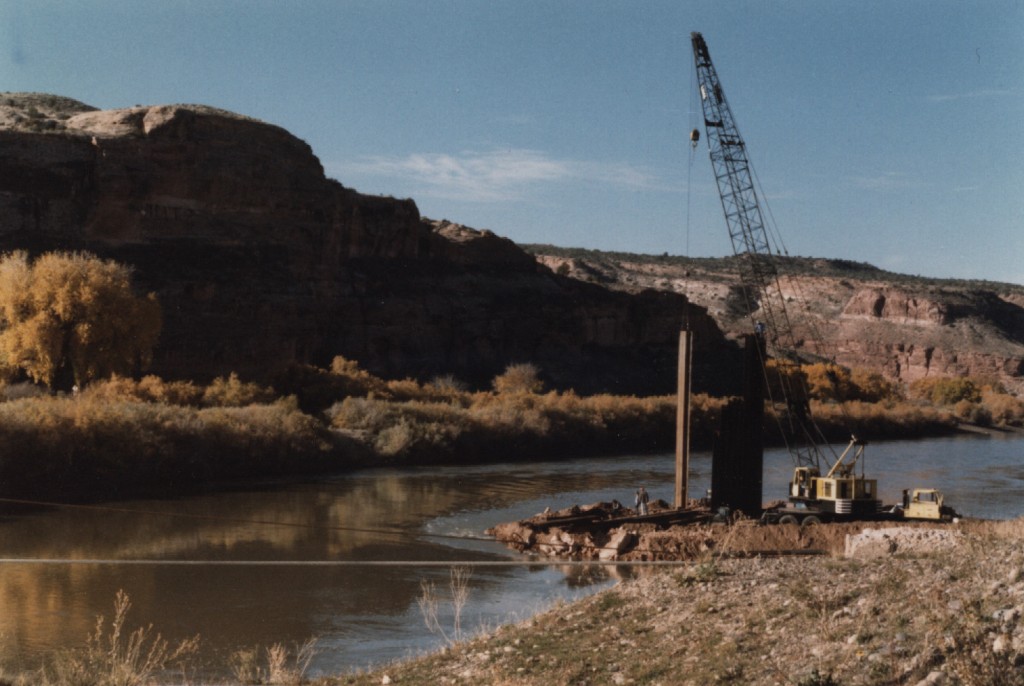
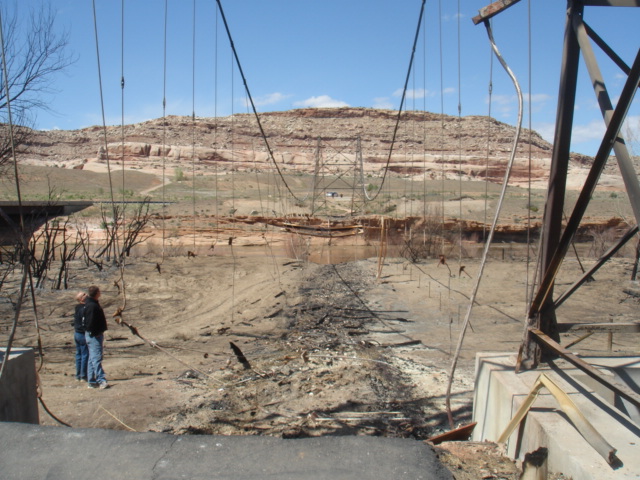
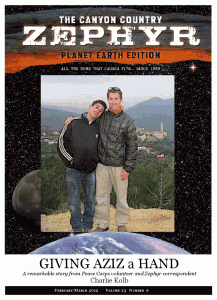

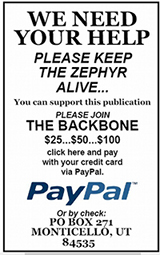

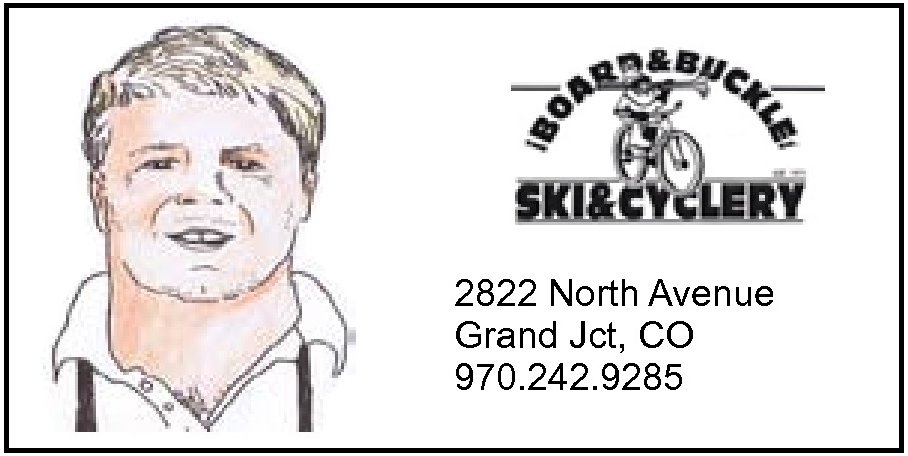

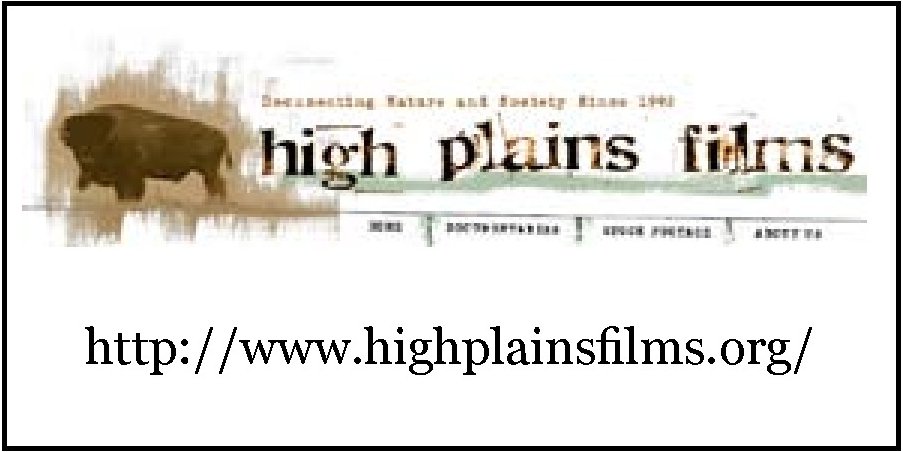
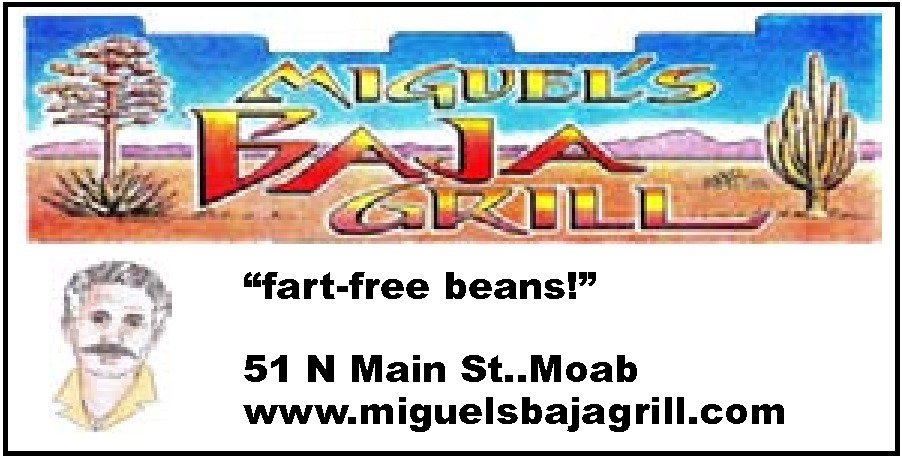
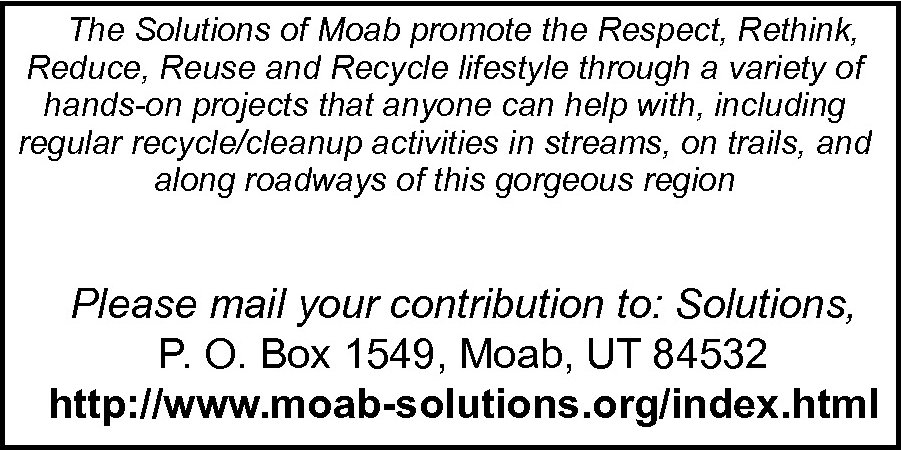
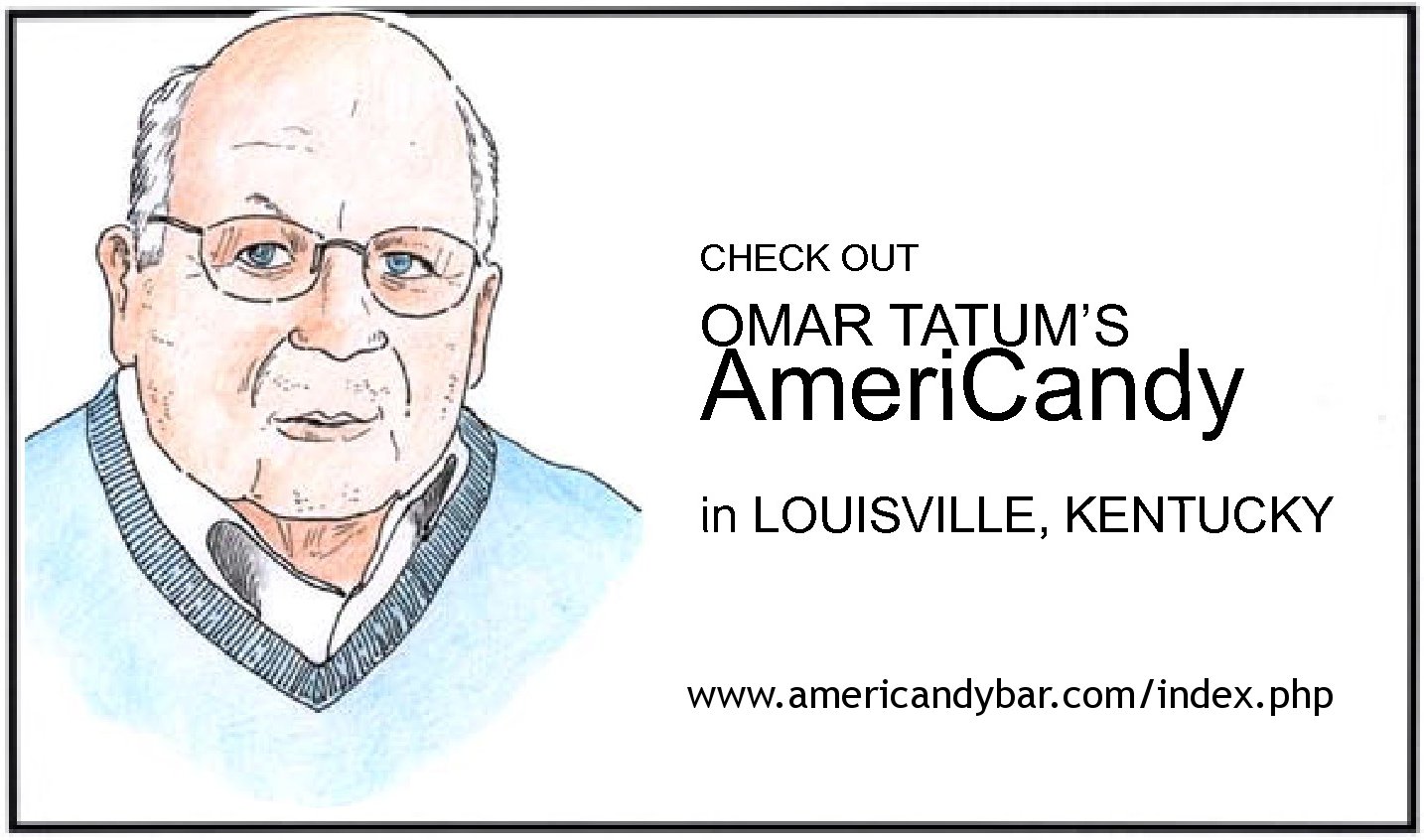

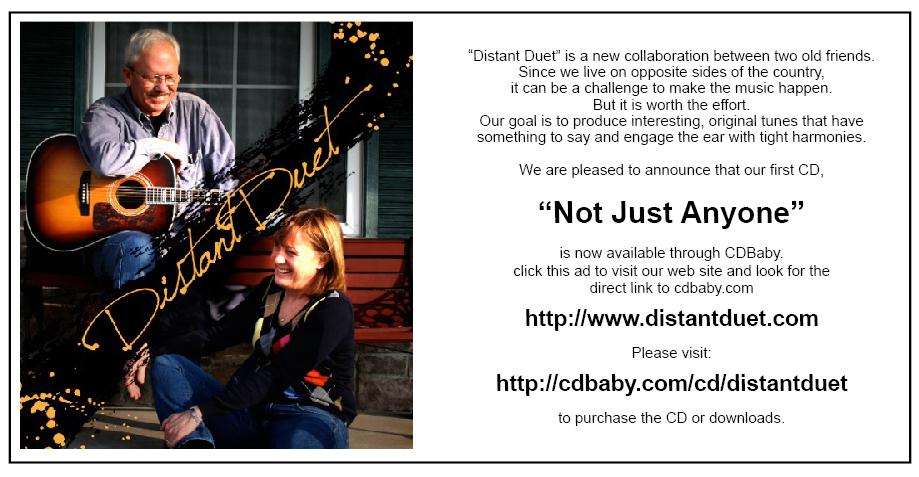
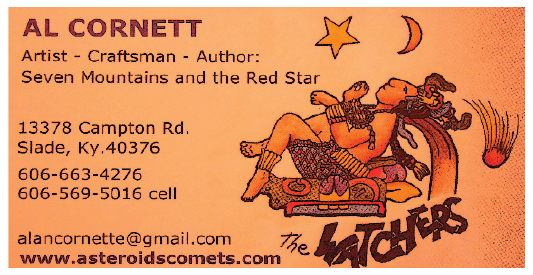
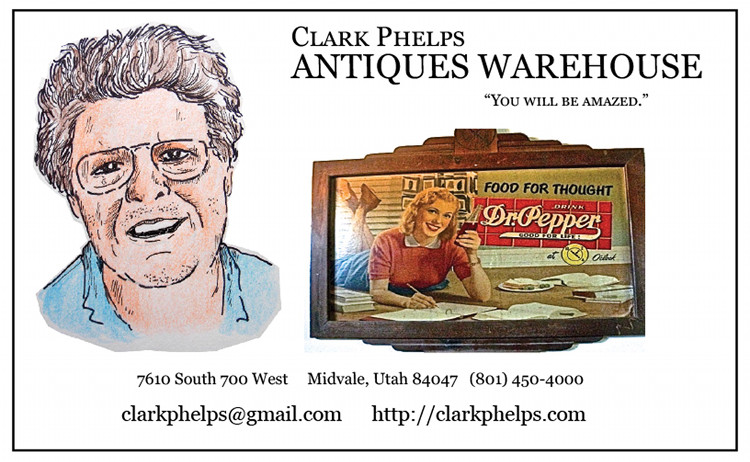
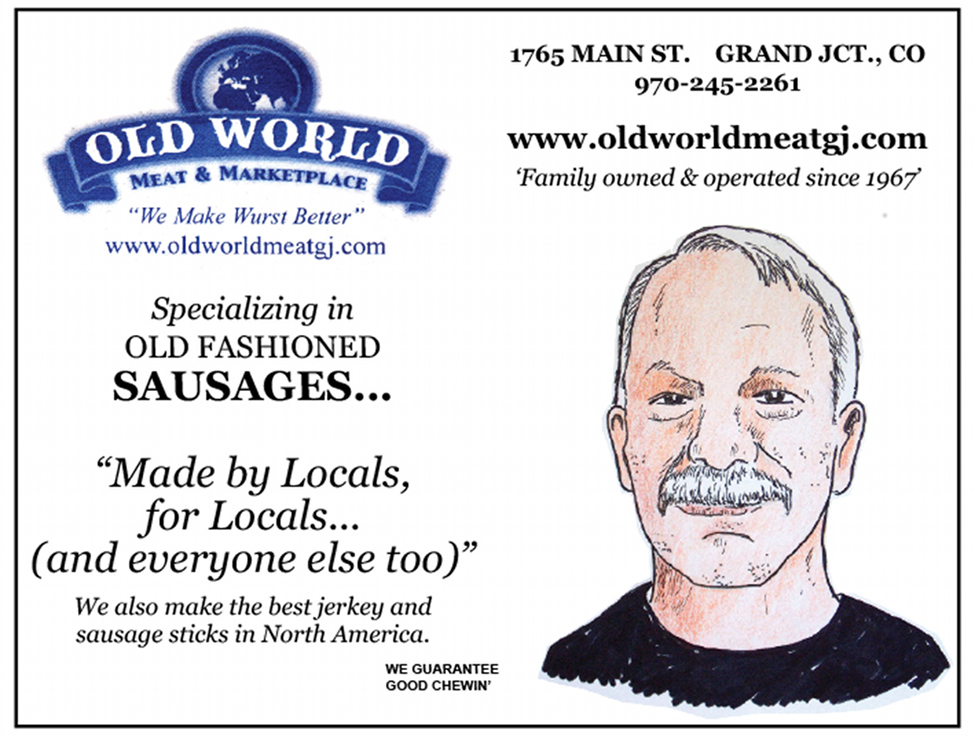
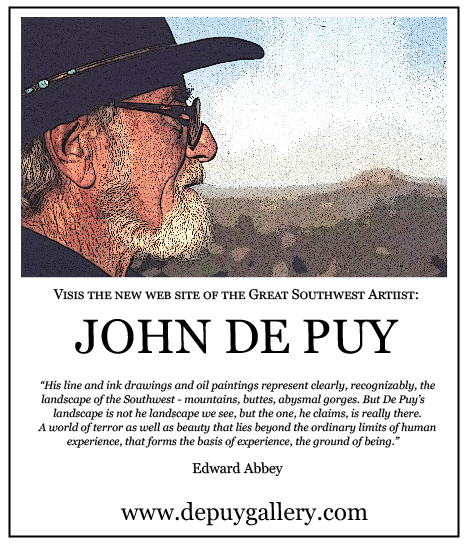

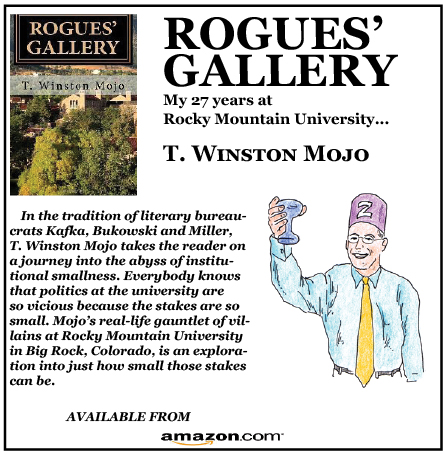
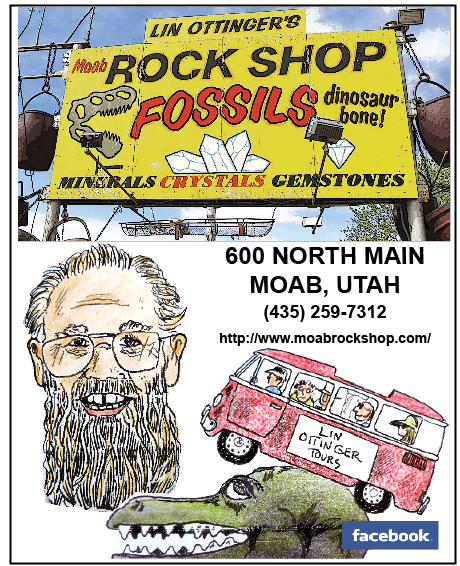
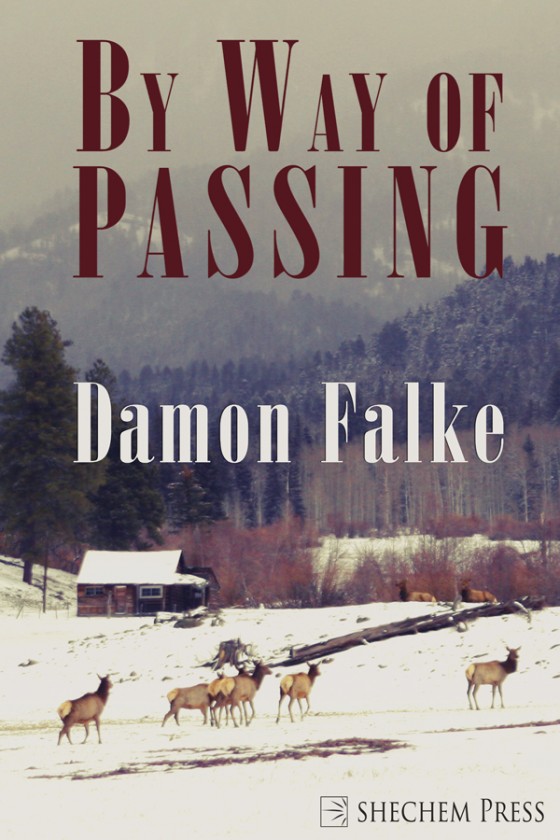
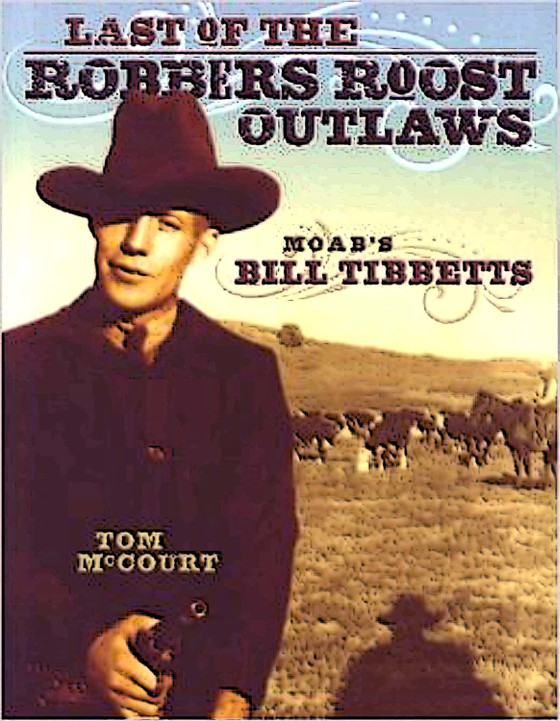
3 Responses
Stay in touch with the conversation, subscribe to the RSS feed for comments on this post.
Missing you guys…. love the journal J.
Continuing the Discussion